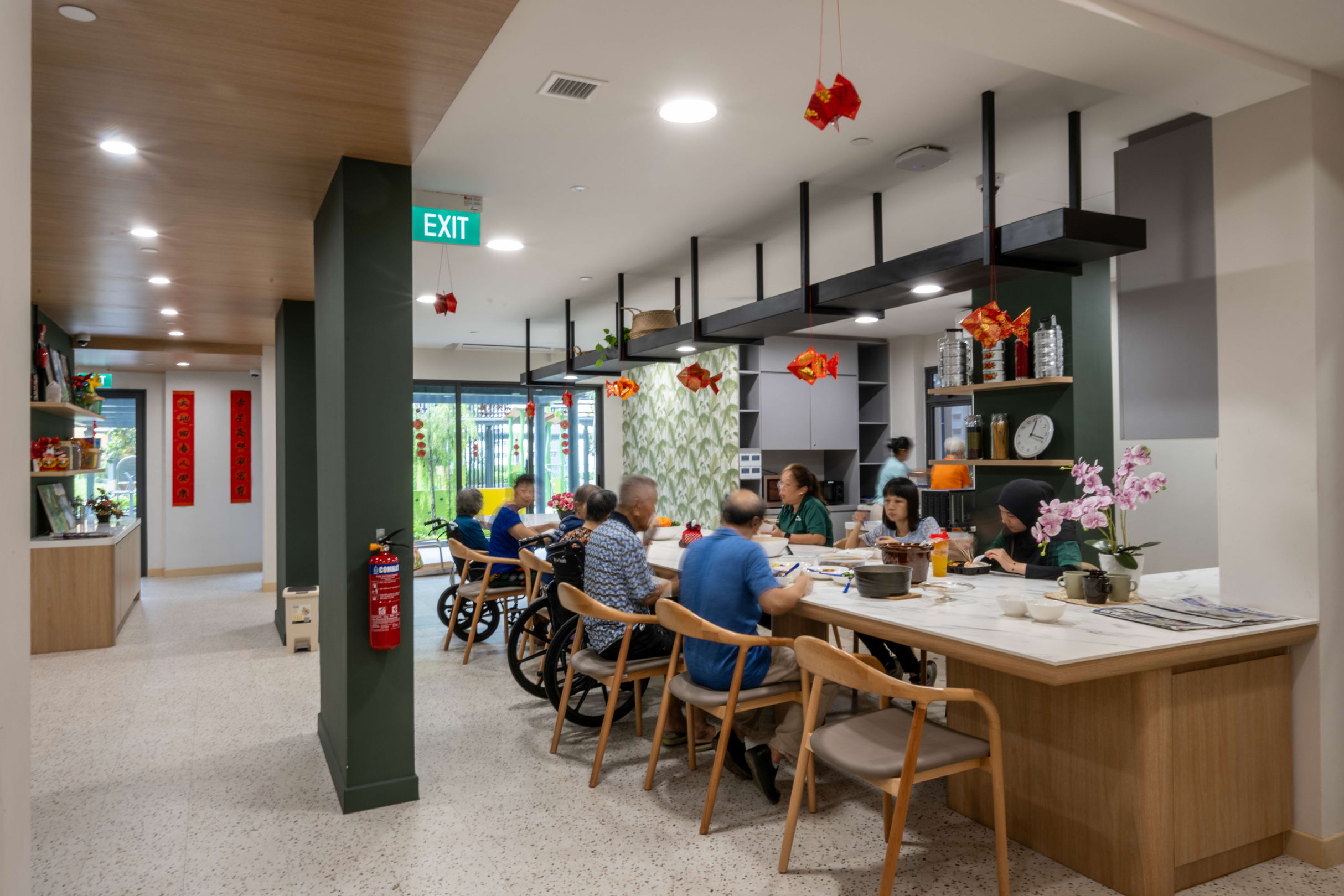- Home
- Themes
- Shaping a Happy, Healthy City
- Liveable and Inclusive Neighbourhoods
Liveable and Inclusive Neighbourhoods
More homes with quality living environment are being planned to meet the needs for current and future generations.
On this page
Providing good housing and a quality living environment for all
We are planning for both current and future generations and will offer more homes to cater to strong demand and the evolving needs of our residents:

Household sizes are shrinking due to smaller families and singles seeking out their own homes.

Young couples aspire for affordable flats, particularly for echo boomers reaching flat-buying age.

New housing types are required to support an ageing population.

Our growing economy needs a variety of housing types such as serviced apartments.
New homes in convenient locations
New homes, including public housing, will be developed in new precincts around the island. They will be close to amenities, job nodes and transport nodes. Upcoming housing developments will also be located in and near existing towns to allow extended family members to live closer together for mutual care and support. As more homes are built in the city and its fringes, more people can enjoy the convenience of city living too.
.jpg)
Creating welcoming neighbourhoods for all
Public transport and amenities will be just a short walk away from where you live. There will also be plenty of opportunities to interact with different communities and across generations.
Convenient and sustainable
Neighbourhoods will be well-served by public transport and connected by walking- and cycling-friendly networks to promote sustainable and active lifestyles. More homes will be built close to MRT stations, job nodes and amenities. By the early 2030s, 8 in 10 households will live within a 10-minute walk from a train station.

Source: HDB
Bidadari Estate is a new housing estate of about 10,000 households when fully completed, with an extensive cycling and pedestrian network connecting to Woodleigh and Bartley MRT stations.
Inclusive and cohesive
A blend of private and public homes, along with various housing types, will serve different family sizes and needs within a neighbourhood. Shared spaces, such as neighbourhood amenities and parks, will encourage interactions and build stronger communities too.

Distinctive and endearing
Each neighbourhood will capitalise on its natural and built landmarks to anchor its unique identity. Urban design guidelines will be developed to strengthen the neighbourhood’s character, such as the inclusion of pedestrian-friendly street blocks or activated public spaces.
What aspects of the neighbourhood do you value the most? Let us know!

Source: HDB
Chencharu is a new public housing estate with a 100-year-old colonial-era bungalow retained for community use. The two-storey building will be part of a heritage trail highlighting the area's history.
Developing more housing choices
A home would need to meet different needs at every stage of life. A greater variety of housing types will be available to help everyone find their ideal fit:
Friendly for ageing

The first CCAs, Harmony Village @ Bukit Batok, was completed in 2024. (Source: HDB)
Community Care Apartments (CCAs) integrate senior-friendly public housing with care services and social activities to support seniors to live independently, while staying connected within the community. Since 2021, such projects have been launched in Bukit Batok, Queenstown, Bedok and Geylang.

The private assisted living apartments will be located next to a community park. (Perennial Holding)
Singapore's first-of-its-kind private assisted-living apartments are being developed at Parry Avenue. It will feature a wellness clubhouse, a geriatric care centre and a nursing home. Residents will also enjoy a range of curated care and social programmes.

Grab bars are examples of EASE improvements that can be installed in bathrooms or entrances. (HDB)
The Enhancement for Active Seniors (EASE) programme supports improving mobility and safety features within existing flats so our seniors can age in place. Some 328,000 public housing apartments have benefited from this programme. Recently, the programme has been extended to private properties too.
Catering to different needs

Housing & Development Board (HDB) white flats feature contiguous living and bedroom spaces without partition walls, giving residents flexibility to configure the apartment for their needs.
A partition-free white flat allows for more flexibility in layout.

Source: HDB

Source: HDB
Smart Nation
IM-OK! The Lions Befrienders’s IM-OK device enhances the safety of seniors living alone. Seniors report their well-being daily with the push of a button. Otherwise, a next-of-kin or neighbour will be alerted to check in on them. This helps seniors stay connected with the community while ensuring they thrive with care and respect. | Wireless Alert Alarm System As part of Age Well SG, the Wireless Alert Alarm System allows seniors living in public rental housing to easily call for help during emergencies. A 24/7 CareLine will respond whenever they press the alert buttons conveniently placed in their homes. |
|---|

